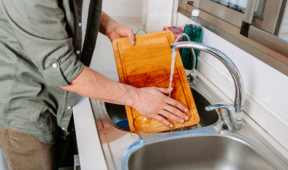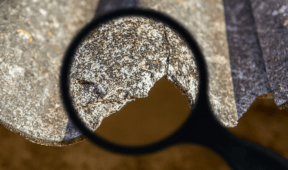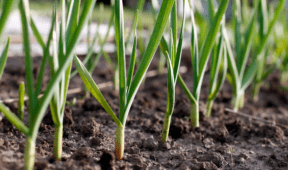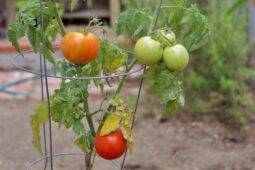How To Get Gnats Out Of Your House
Gnats seem to show up out of nowhere, swarming around fruit, plants, and even the kitchen sink. They’re small, fast, and annoying—but worse, they multiply fast if you don’t act quickly. Getting rid of gnats takes more than just swatting at them. You need to understand where they’re coming from and how to stop them from returning. Here’s a practical, step-by-step guide to clearing them out and keeping your space under control.
Find the Source First
Gnats are often drawn to moisture and decaying organic material. That could mean overwatered houseplants, a piece of fruit left too long in the bowl, or a drain collecting grime. Before reaching for sprays or traps, look (and maybe even smell) around. Pinpoint the areas where you see the most activity. If you don’t remove the source, you’ll only be dealing with the symptoms. Start by cleaning, emptying trash, and removing any spoiled food.
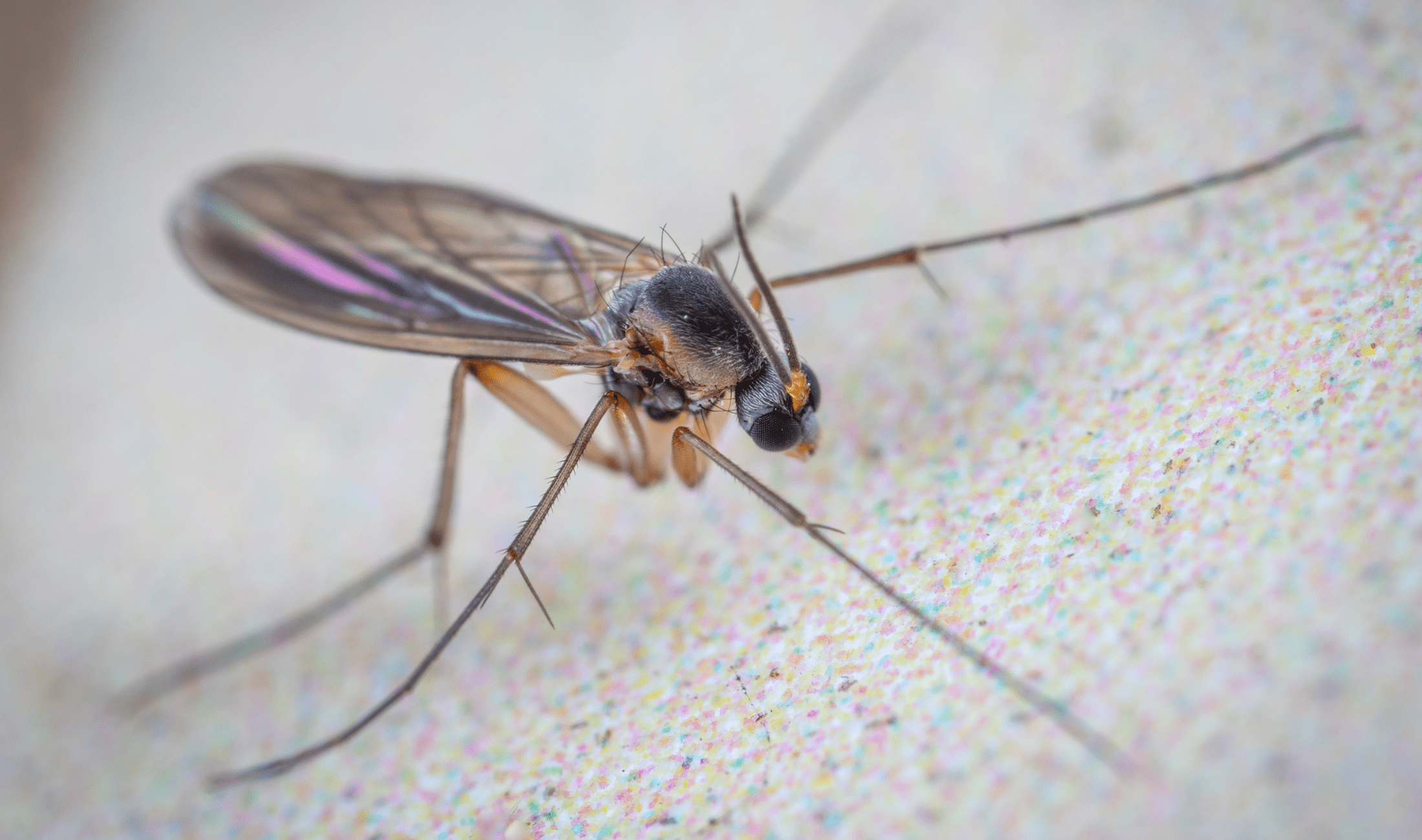
Clean Out Your Drains
Sink drains are one of the most common breeding spots for gnats, especially in the kitchen. Even if the surface looks clean, buildup inside can create the perfect nesting area. Pouring a mix of hot water, vinegar, and baking soda down your drains can help flush out both gnats and the residue they feed on. Do this at night when the drains won’t be used again until morning, and repeat it every few days if the problem persists.
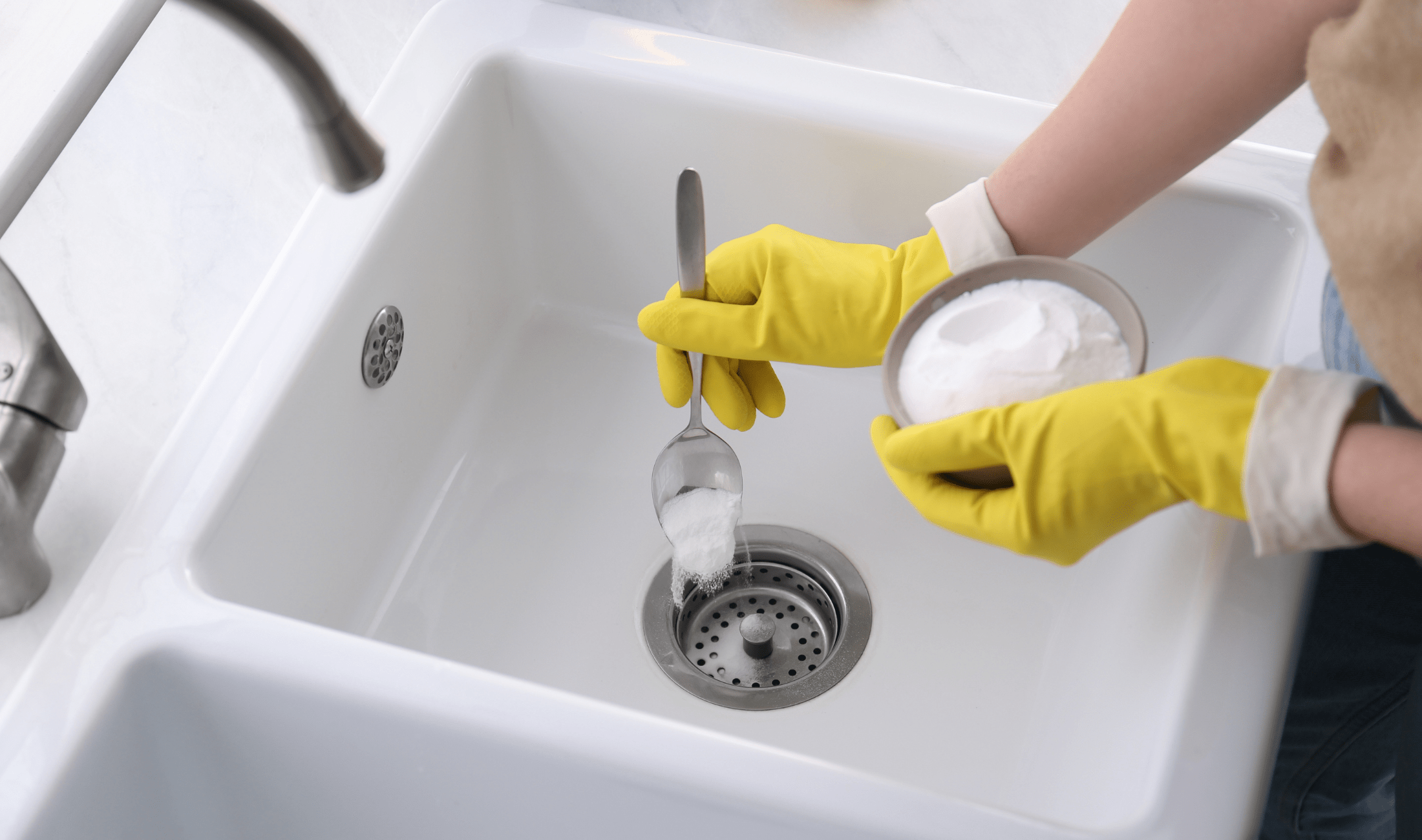
Let Your Plants Dry Out
Overwatering indoor plants creates moist soil, which is ideal for fungus gnats in particular. If you see them flying around your houseplants, stop watering for a few days to let the top layer of soil dry out completely. This breaks the gnat life cycle, since their larvae can’t survive in dry conditions. For heavy infestations, you might need to repot the plant entirely and use a fresh, well-draining soil mix to discourage future problems. There are also sticky traps you can put i soil to catch gnats as they’re swarming.
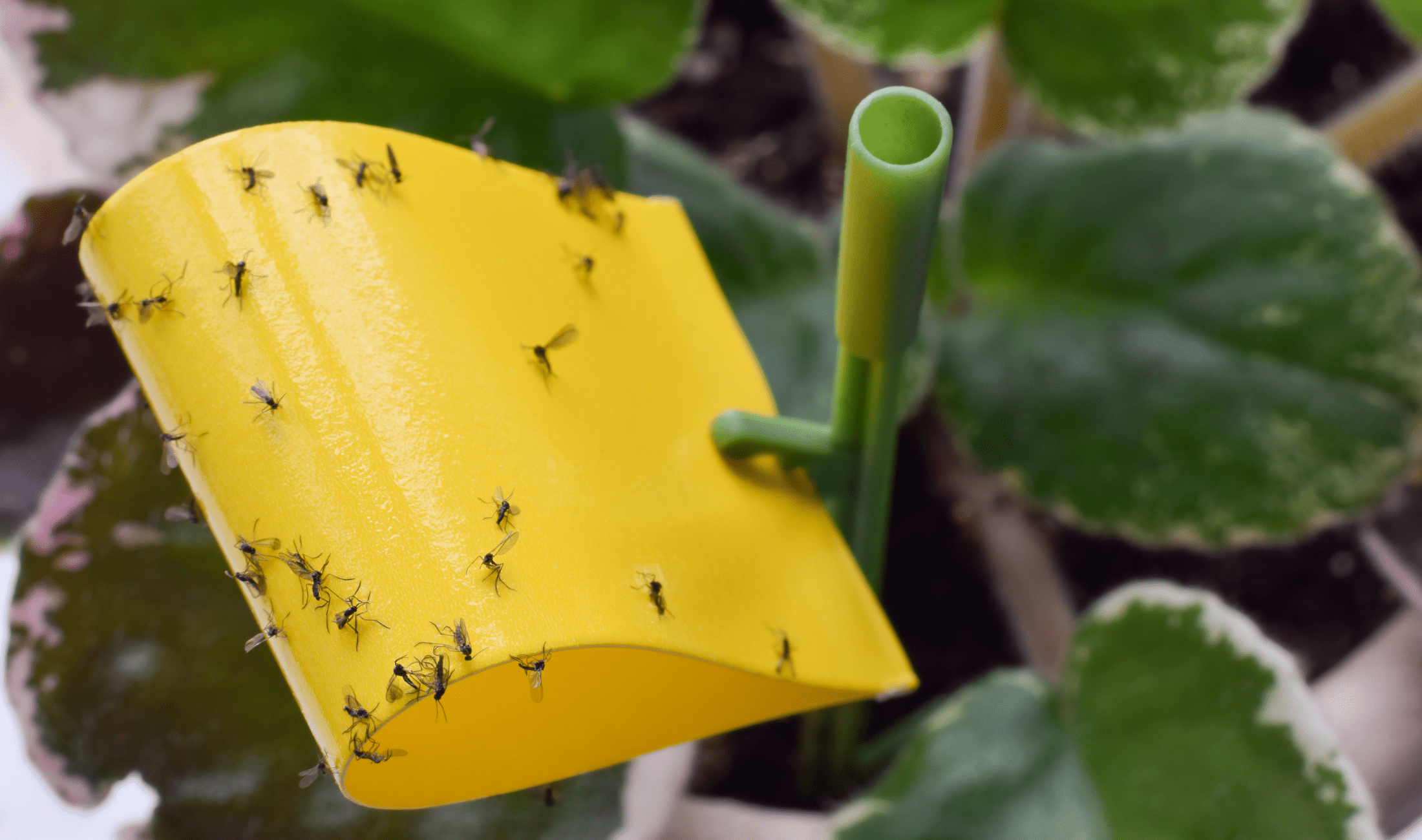
Use Apple Cider Vinegar Traps
A simple mix of apple cider vinegar and dish soap can trap gnats very effectively. The scent draws them in, and the soap breaks the surface tension so they can’t escape. Pour the mixture into a small bowl and place it near where you’re seeing the gnats. Set a few of these around the home, especially in the kitchen or bathroom, and change the liquid every couple of days to keep it working.

Take Out the Trash Often
Trash cans, compost bins, and even recycling containers can become hotspots for gnats if they’re not emptied regularly. Any leftover food residue, especially fruit, gives them a place to lay eggs and multiply. Make it a habit to take out kitchen waste daily. Scrub out your bins at least once a week using hot soapy water to eliminate any lingering smells or sticky spots that could attract pests.
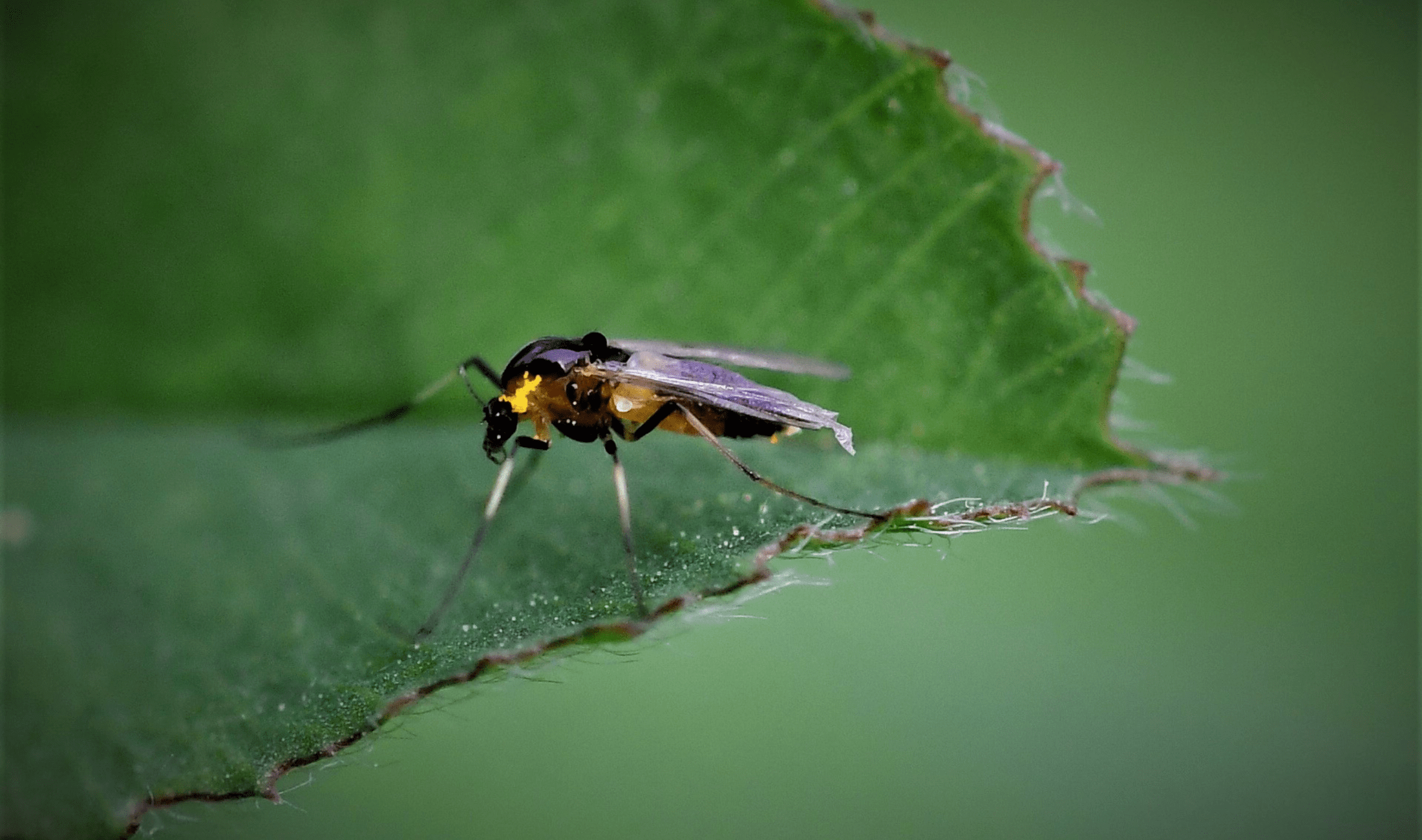
Store Produce Differently
Fruit left on the counter ripens fast and becomes a magnet for gnats. Try storing items like apples, peaches, or tomatoes in the fridge if they’re getting too ripe. If you prefer to keep fruit out, use a mesh food cover to protect it. Also check for forgotten fruit in lunch bags, bowls, or drawers. Even one spoiled item can lead to an entire swarm in just a few days.

Seal Windows and Fix Screens
Gnats often sneak in through small tears in window screens or around poorly sealed windows. Do a quick check of your home’s entry points. If you see gaps or feel airflow near closed windows, sealing them with caulk can help. Replace or repair screens with holes or loose edges. This not only blocks gnats but also helps keep out other flying pests, especially during warmer months.
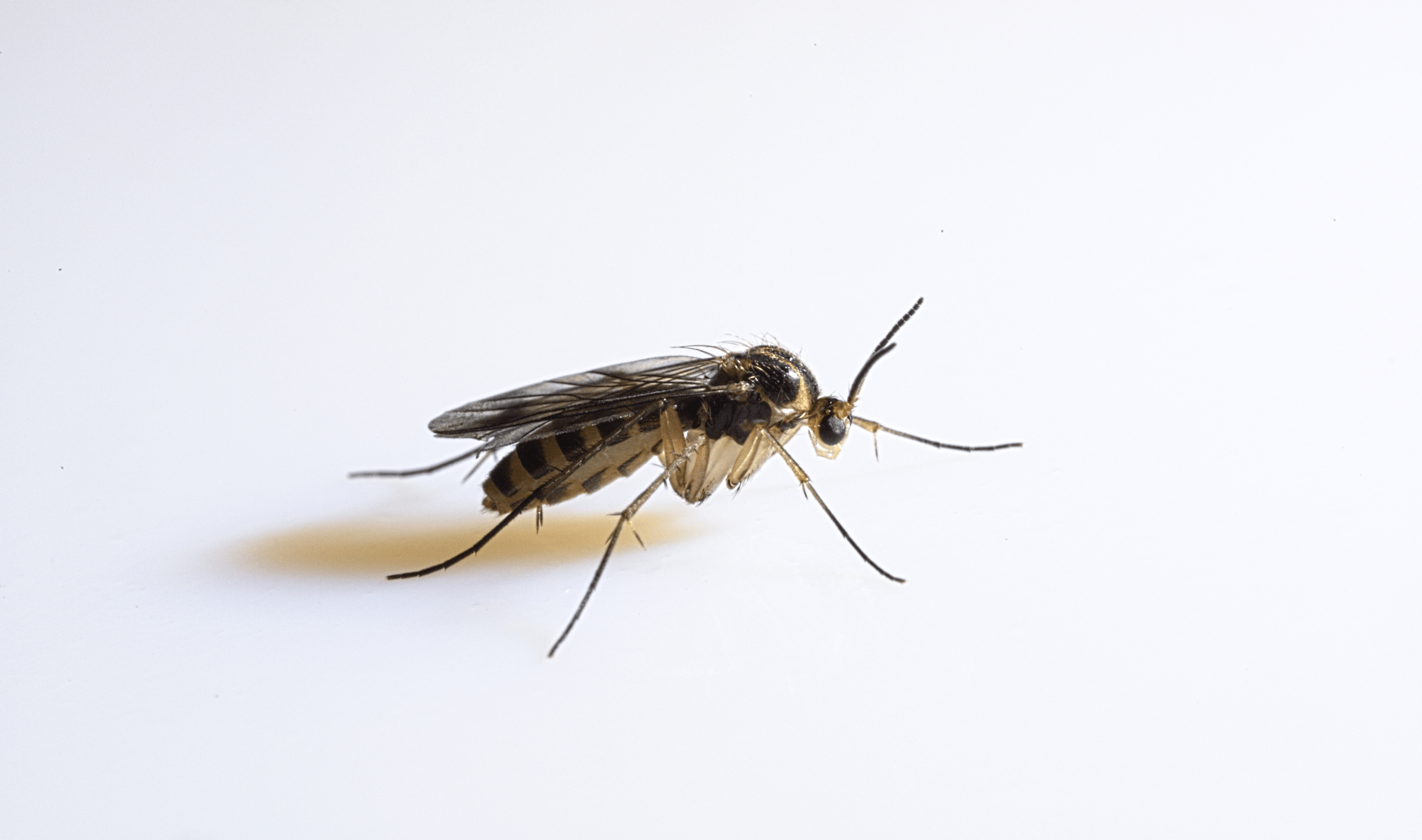
Related Articles
- 4 Effective DIY Fly Traps to Eliminate Indoor Infestation
- 8 Tips For Repelling Mosquitos
- How To Get Rid Of The 7 Most Common Summer Pests
Getting rid of gnats takes a little patience and consistency. It’s not just about killing the ones you see, but stopping their ability to breed and return. A combination of better cleaning habits, attention to moisture, and a few smartly-placed traps can turn things around. Once they’re gone, keeping a close eye on food waste and plant care will help make sure they don’t come back.



